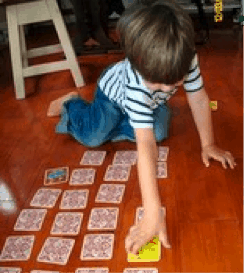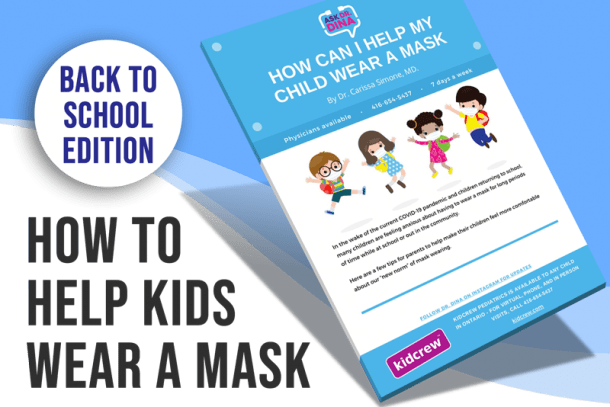Handedness in Babies, What Parents Need to Know
While handedness in babies may begin showing by the time they begin to pick up cheerios off their high chair, many children take far longer to settle on left or right, often not showing a clear preference until age three, four or older.
If your child after age 3 is having noticeable difficulty with developing handedness, one reason may be because of difficulty crossing the midline.
Until fully developed, don’t be alarmed if your child is switching back and forth between their right and left hand. Through trial and error, children figure out which hand is more efficient. Some kids will use a spoon in one hand one day and then switch the next. They may stack blocks with their left hand, pick up cheerios with their right and throw a ball with the left. So, do not worry with some back and forth until your little one has settled into their handedness (and some people never do, those who are ambidextrous).
Handedness in Babies Is In Part Genetic
Preference for the right or left hand is, in part, genetic. Studies have shown that some of these one-sided tendencies emerge early. Some fetuses suck their right thumb more often than their left; some newborns on their back turn to the right more frequently. Most children grow up to be right-handed—in part because of these innate, early leanings. Approximately 10% of the population is left-handed.
Crossing The Midline
If your child after age 3 is having noticeable difficulty with developing handedness, one reason may be because of difficulty crossing the midline. This term is used to describe using one hand to move over the other side of the body to complete work. Typically before this occurs, children will use the left hand/leg to complete tasks only on the left side of the body and right hand to complete tasks on the right side of the body. For example, if your child is coloring using her right hand, she will initially switch hands to color on the left side of the page, rather then bring the right hand over if she has not fully formed crossing the midline tasks yet.
If your child is having difficulty developing handedness or crossing the midline, he or she may benefit from occupational therapy.
Here’s a great article on The ExerSaucer – Help or Hinderance?

Lauren is a registered occupational therapist working in Toronto. She has worked and trained in a variety of community, school and hospital settings, She has an interest in working with children and adults on motor development, co-ordination, fine and gross motor skills and adaptations for play, self-care and productivity.











